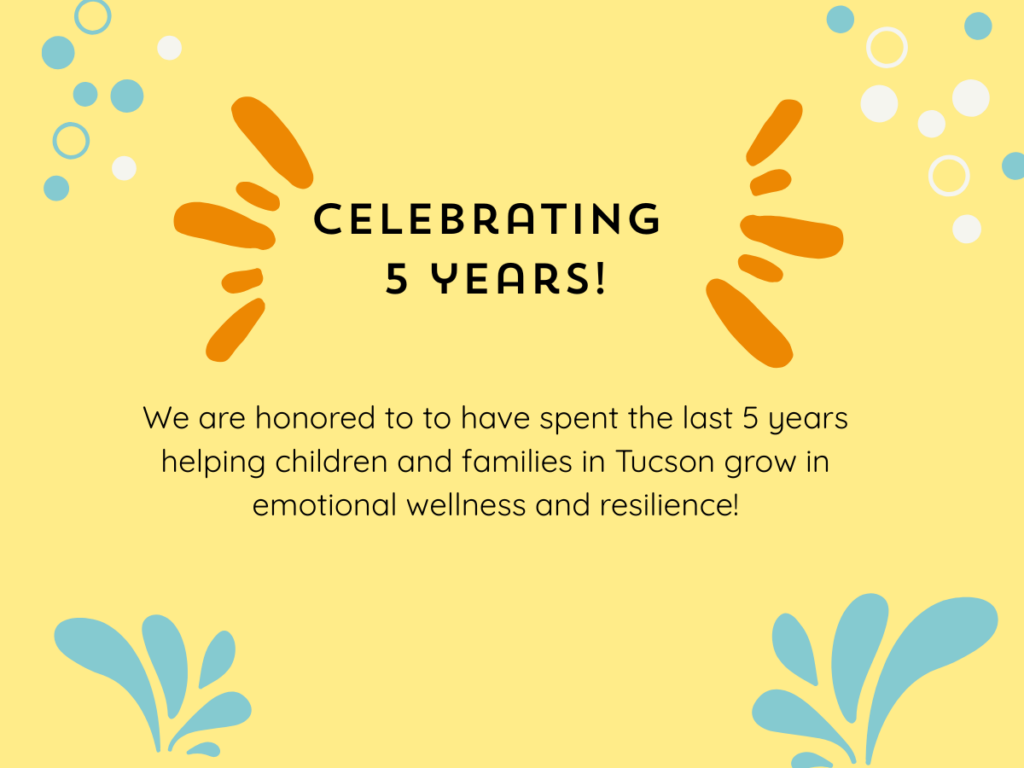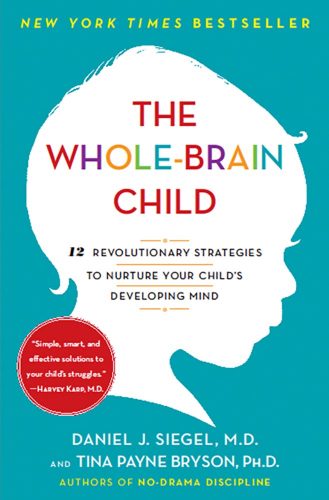
Self-harm can manifest itself from different types of disorders; these can include anxiety, depression, and personality disorders. It can also be contagious, referring to kids seeing these practices being done by their peers and identifying with them because it shows the same depth of understanding of those unwanted feelings and maladaptive coping techniques. If there are self-harm behaviors going on, it is very important to get a psychiatric evaluation, a psychiatrist can diagnose and prescribe medications that can aid in addressing these symptoms and behaviors. It is also vital to explore emotions, strengthen relationships and learn healthy ways of coping in a safe and supportive environment like therapy. Interventions are set in place to reduce the risk of self-harm and suicide symptoms.
If your child is suicidal, asking the tough question of “Do you want or plan to kill yourself?” has been proven to help. Evidence-based research has demonstrated that asking the question will not encourage the individual towards suicide but likely decrease the chances because it is creating space for communication and understanding. We understand it is so difficult and uncomfortable to have these conversations and that parents worry they will say the wrong thing. At Resilience Therapy, your therapist will not only work with your child but also with you, to support you as you navigate this difficult experience. We recommend this resource to parents/caregiversto learn skills around how to talk about this and also how to take care of yourself in this high stress situation: https://www.suicideisdifferent.org/ .
A safety plan can also help identify the child’s triggers and warning signs leading to self-harm. This plan can be created alongside your child’s therapist for support. The safety plan will also include who to contact in need of support; this list can include mental health professionals (e.g., 911 or the Crisis Response Center, the Do Not Self-Injure hotline, and the National Suicide Prevention hotline) and the child’s parents, friends, or close contacts who the child feels safe with. The plan will also help the child identify healthy coping skills/distractions they can use when they feel triggered. Deescalating the situation can also include reducing access to lethal means, like removing weapons from the home and making sure they are secure and in a safe place, away from the child. With the support of parents, caregivers, therapists, and other experts, your child can take back control of their lives and work towards healthier and more positive coping techniques.
- If you are worried your child is having a mental health crisis, please use the following resources:
- Call 911 in case of an emergency or visit an ER
- Call the Tucson Crisis Response Center (520) 622-6000 or going in to get an evaluation at the CRC (2802 E District St, Tucson, AZ 85714)
- Do not self-injure hotline 1 (800) 366-8288
- National Suicide Prevention Hotline 988









